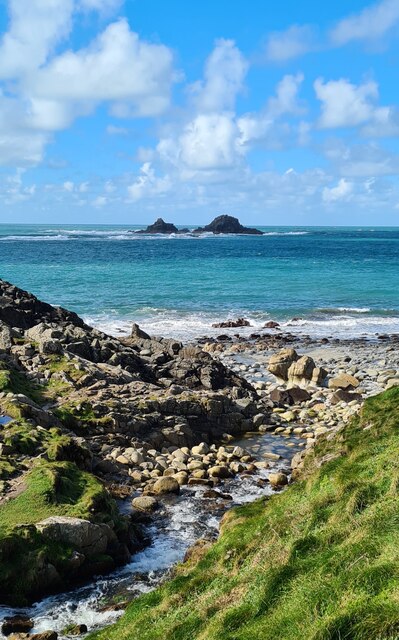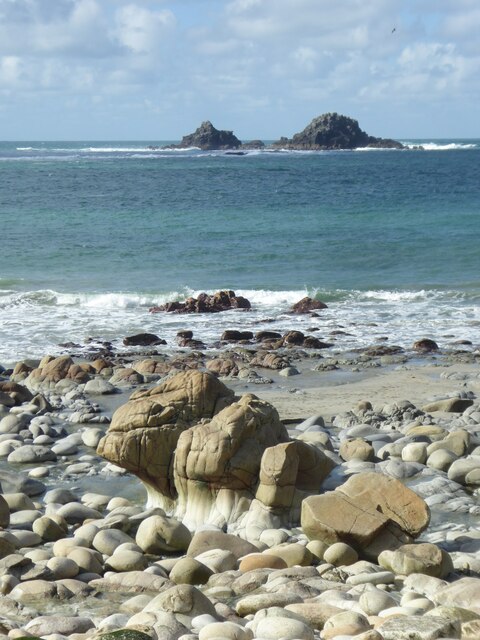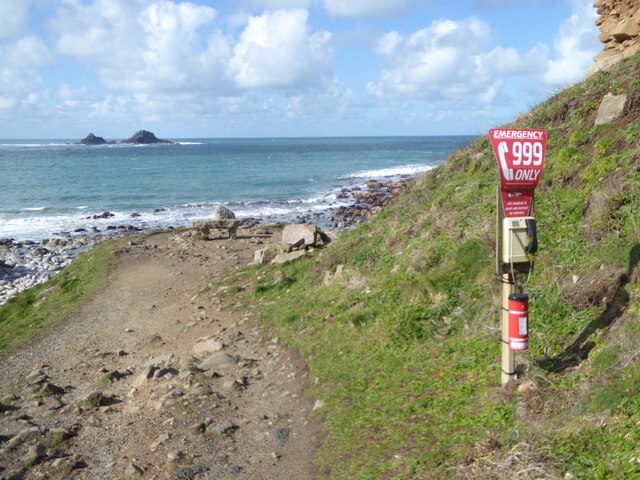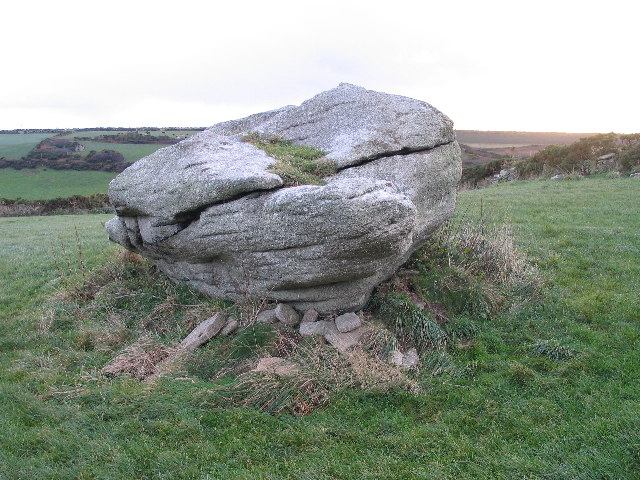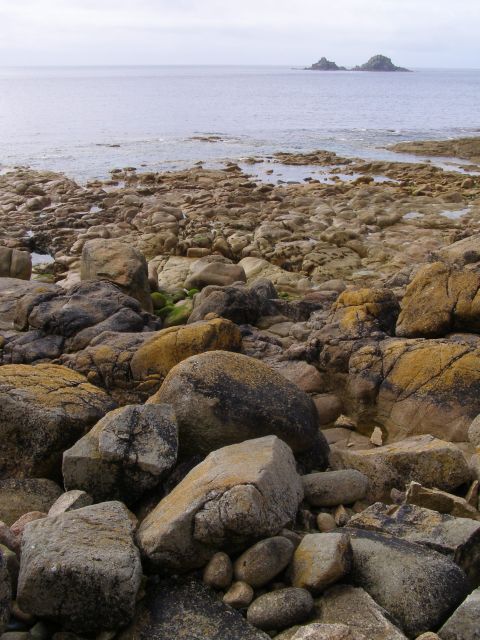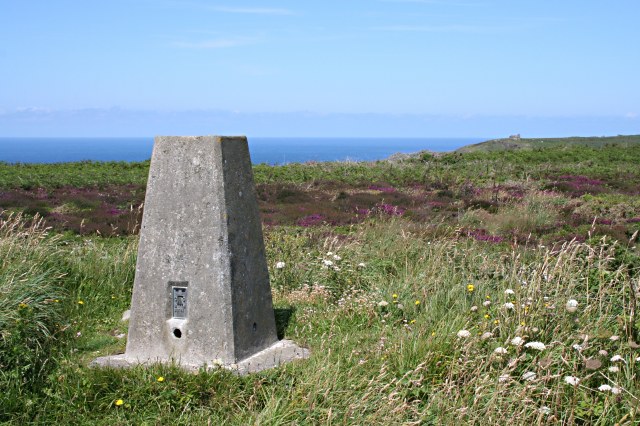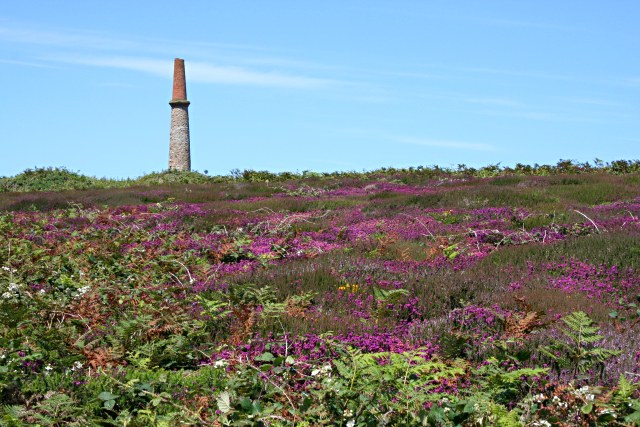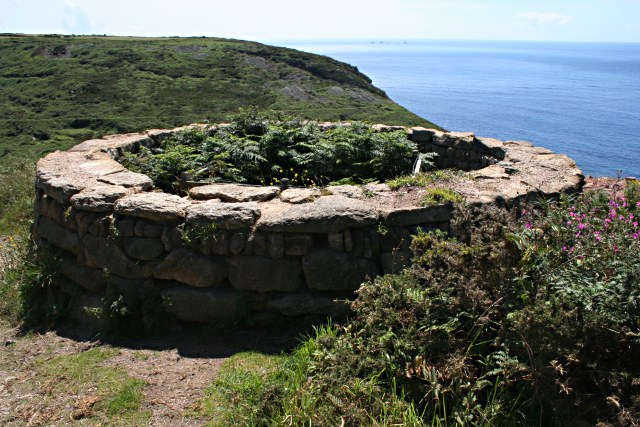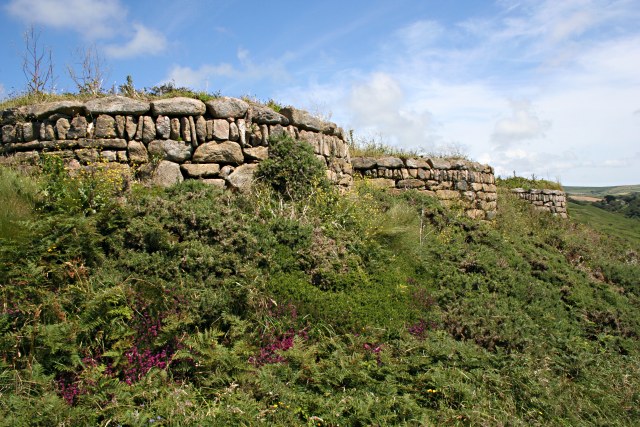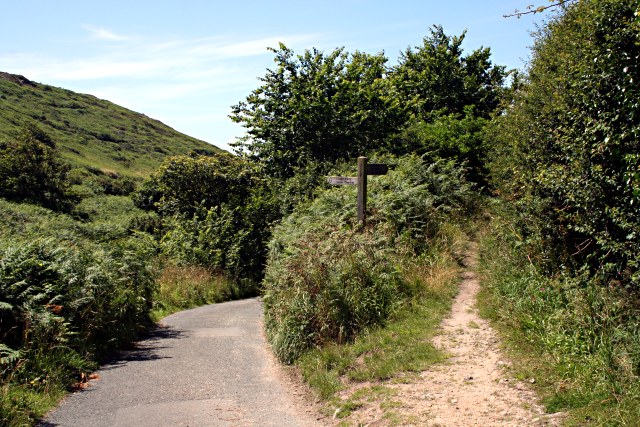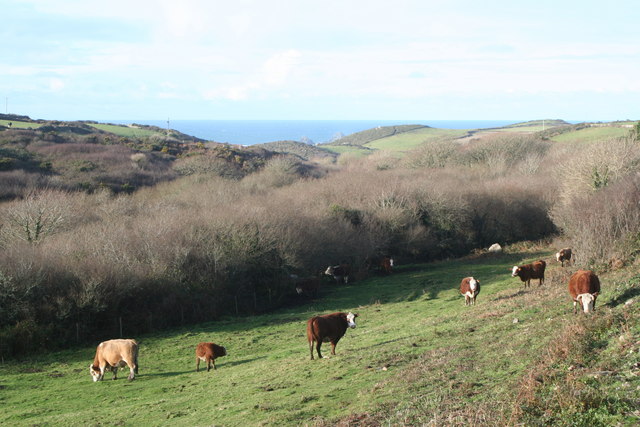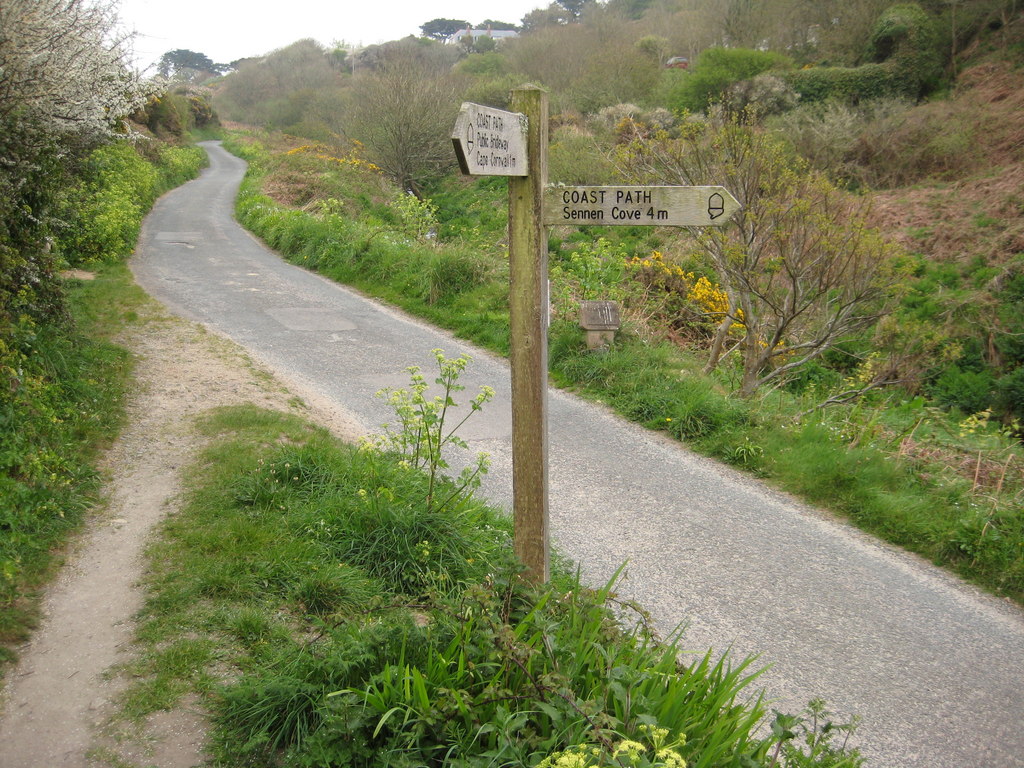Maen Dower
Coastal Feature, Headland, Point in Cornwall
England
Maen Dower
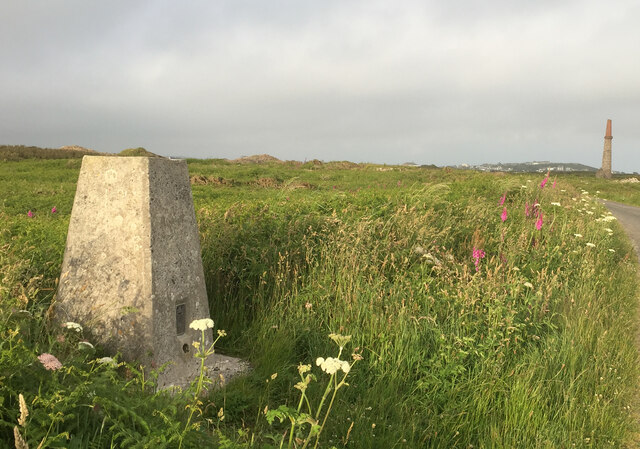
Maen Dower is a prominent headland located on the north coast of Cornwall, England. Situated near the village of Zennor, it is a popular coastal feature renowned for its breathtaking views and rugged natural beauty. The headland extends into the Atlantic Ocean, jutting out into the azure waters, forming a distinctive point that offers panoramic vistas of the surrounding area.
The name "Maen Dower" translates to "Stone of the Otter" in the Cornish language, and it is believed to have derived from the presence of otters in the area. The headland is characterized by its towering cliffs, which rise dramatically from the sea, showcasing stunning geological formations and providing a habitat for various seabirds.
Maen Dower is not only visually striking but also holds great historical significance. It is home to several ancient burial mounds and stone circles, suggesting that the area has been inhabited for thousands of years. The headland also boasts a rich maritime heritage, with tales of shipwrecks and smuggling activities that once occurred along the treacherous coastline.
For outdoor enthusiasts, Maen Dower offers excellent opportunities for coastal walks, as there are numerous footpaths that meander along the cliffs, allowing visitors to explore the area's natural wonders firsthand. The headland is also a popular spot for wildlife enthusiasts, who may catch sight of seals, dolphins, and seabirds such as gannets and fulmars.
Overall, Maen Dower is a captivating coastal feature that combines stunning natural beauty with a rich historical and cultural heritage, making it a must-visit destination for those exploring Cornwall's rugged coastline.
If you have any feedback on the listing, please let us know in the comments section below.
Maen Dower Images
Images are sourced within 2km of 50.105957/-5.6989782 or Grid Reference SW3529. Thanks to Geograph Open Source API. All images are credited.
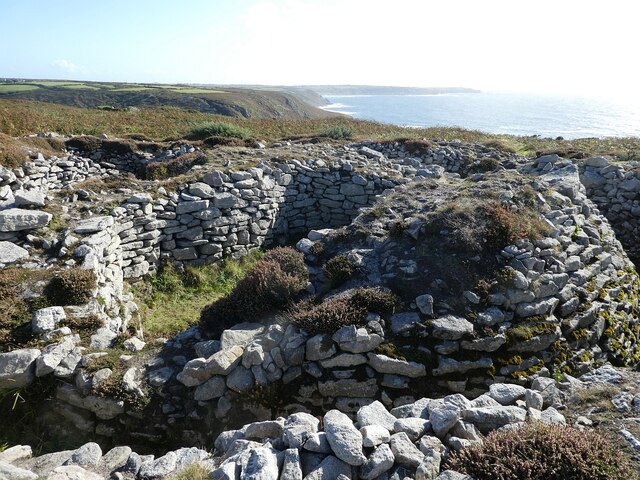
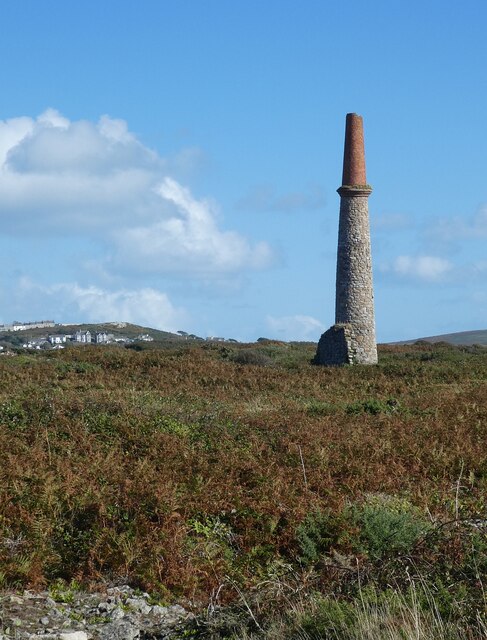
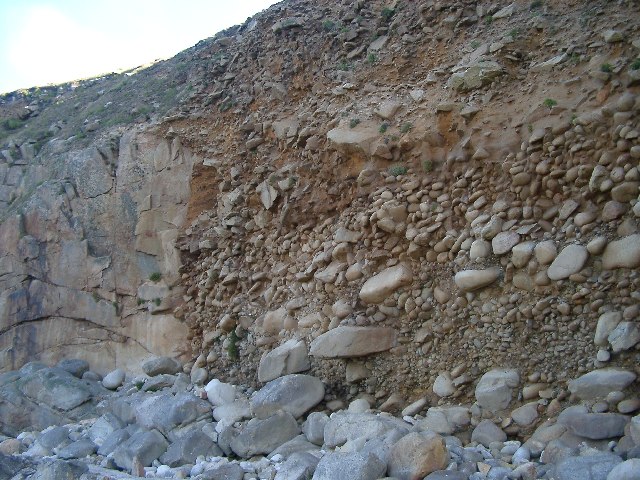
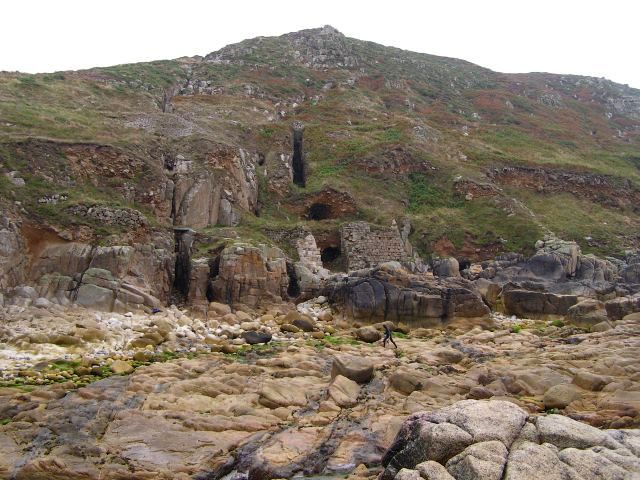
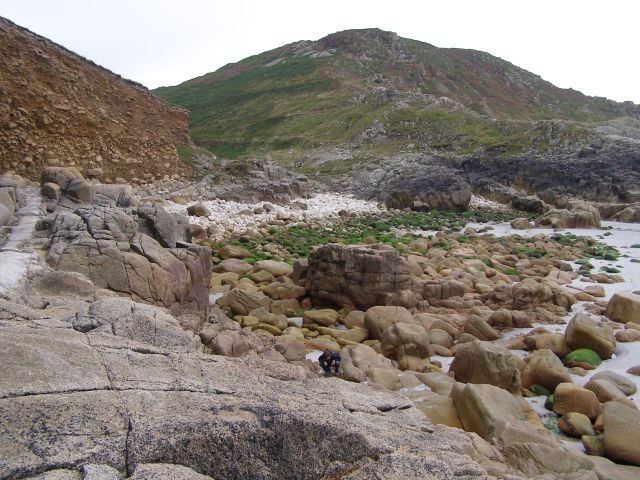
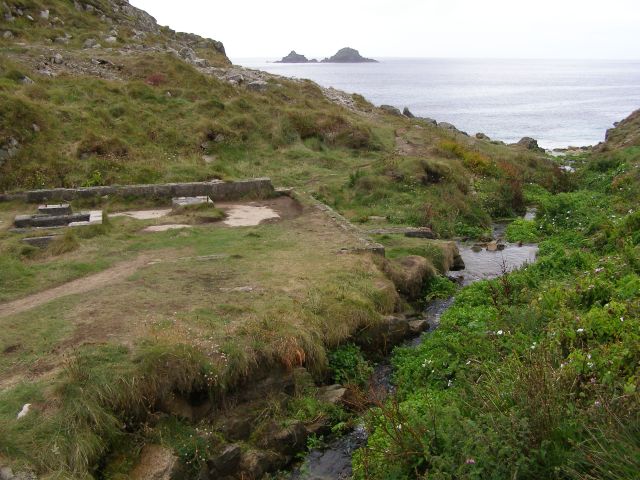
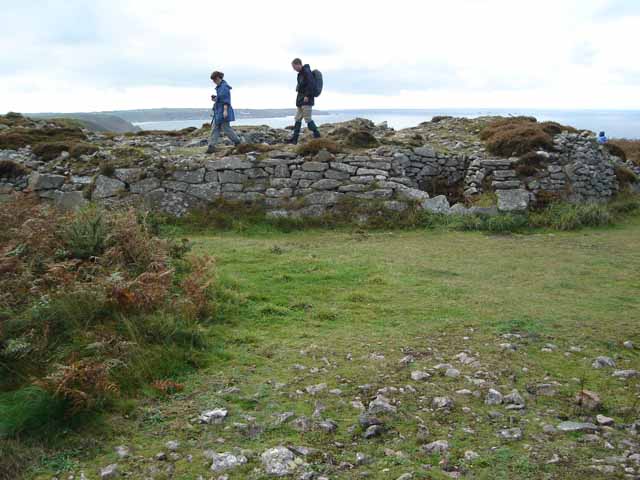
Maen Dower is located at Grid Ref: SW3529 (Lat: 50.105957, Lng: -5.6989782)
Unitary Authority: Cornwall
Police Authority: Devon and Cornwall
What 3 Words
///clean.boast.stale. Near St Just, Cornwall
Nearby Locations
Related Wikis
Nanquidno
Nanquidno is a hamlet near St Just in Penwith in west Cornwall, England. It is about half a mile southwest of Kelynack. == References ==
Porth Nanven
Porth Nanven (grid reference SW355307; most well known as Cot Valley and occasionally known as Penanwell) is a beach in the far west of Cornwall, England...
Cot Valley
Cot Valley is located half-a-mile south of St Just in west Cornwall, United Kingdom. It has a very mild microclimate.The stream which runs down the valley...
Kelynack
Kelynack (from Cornish: Kelynek is a settlement in west Cornwall, England, UK. == Geography == Kelynack is on the Penwith peninsula approximately four...
Nearby Amenities
Located within 500m of 50.105957,-5.6989782Have you been to Maen Dower?
Leave your review of Maen Dower below (or comments, questions and feedback).
